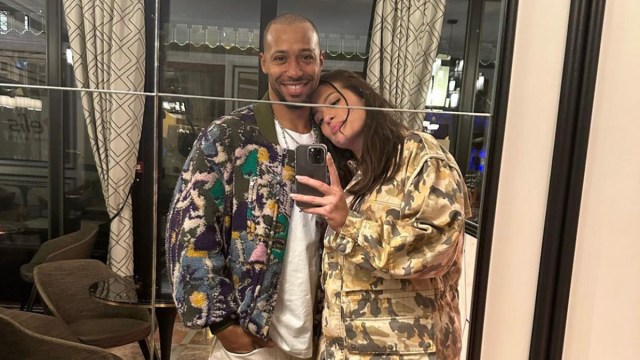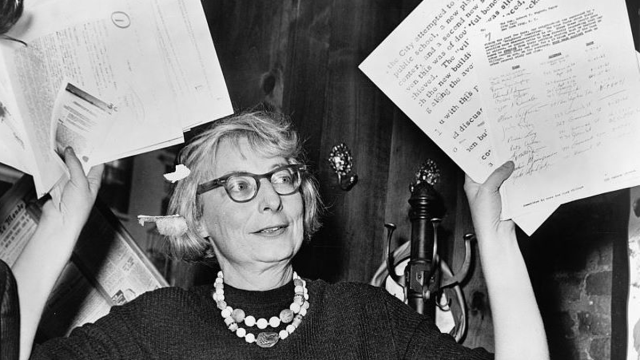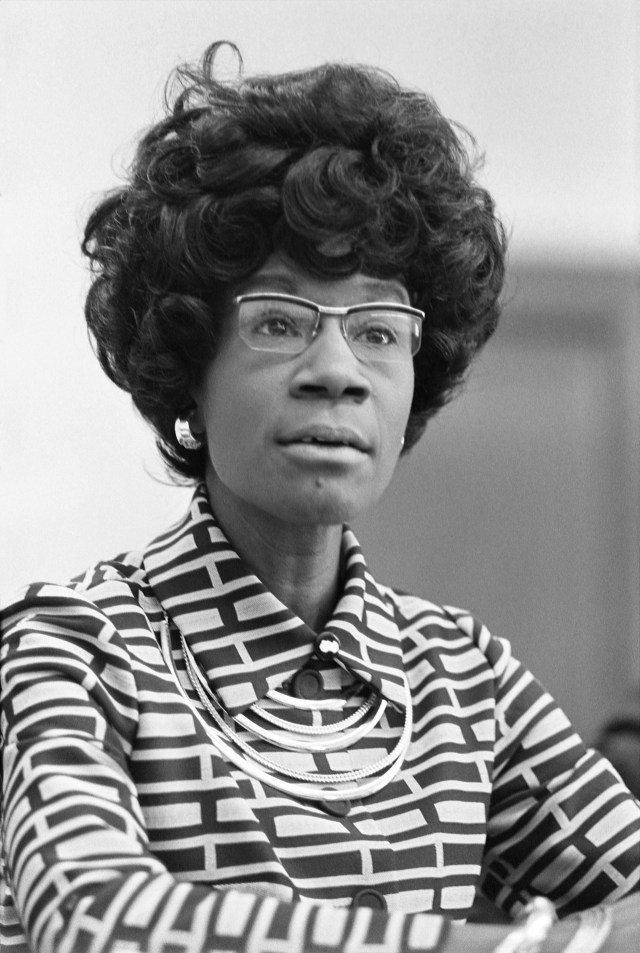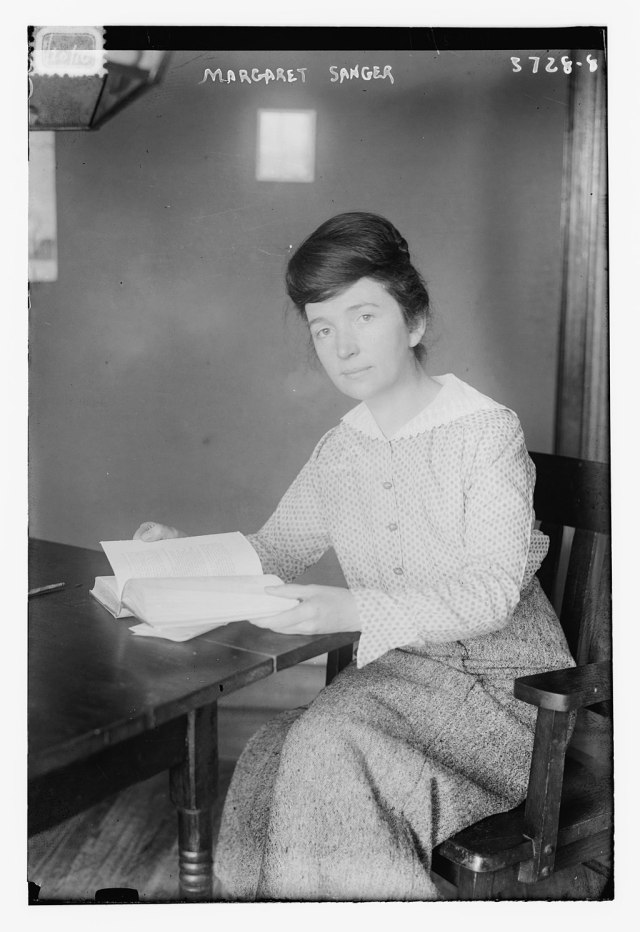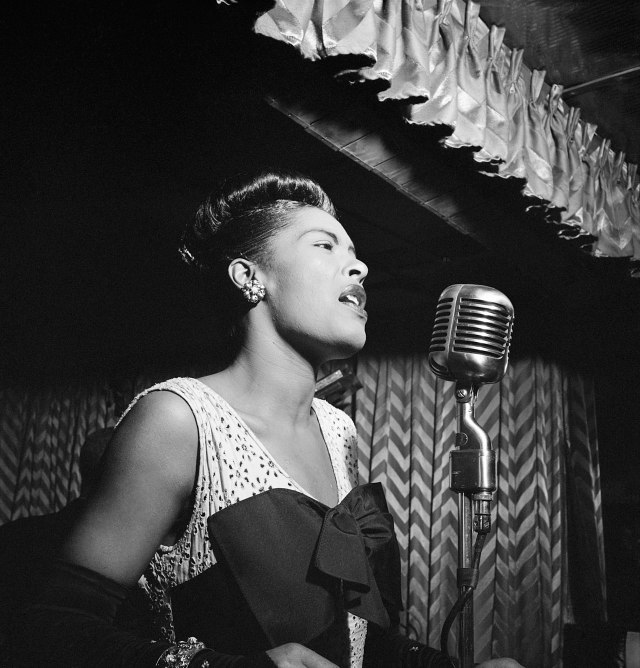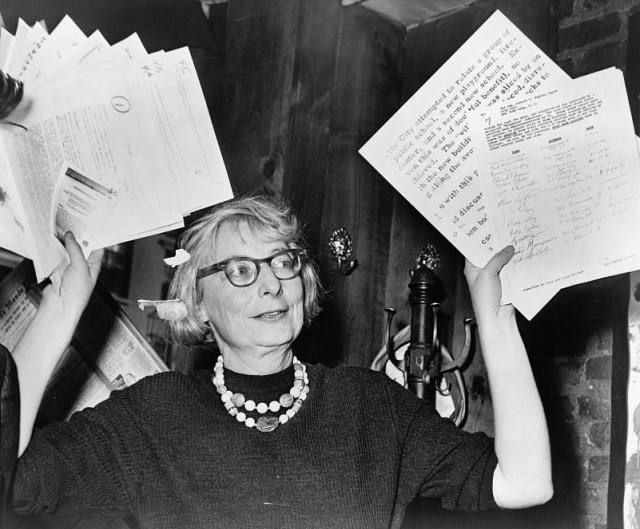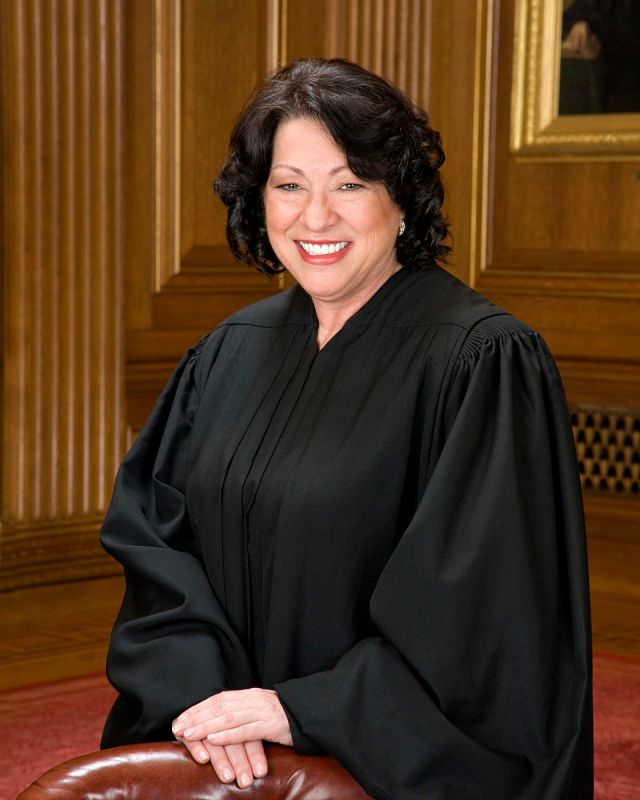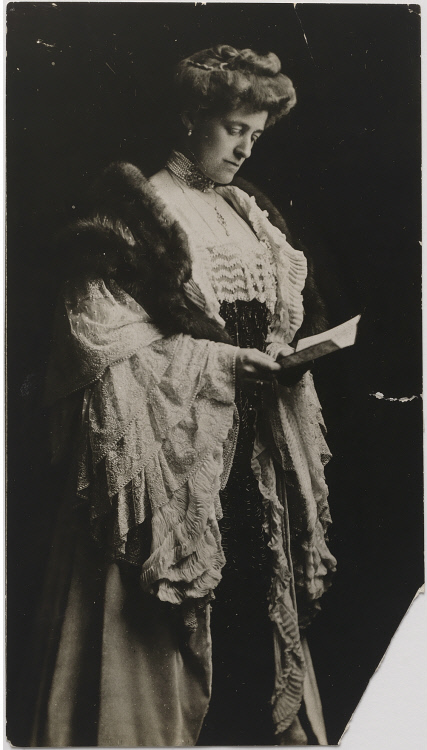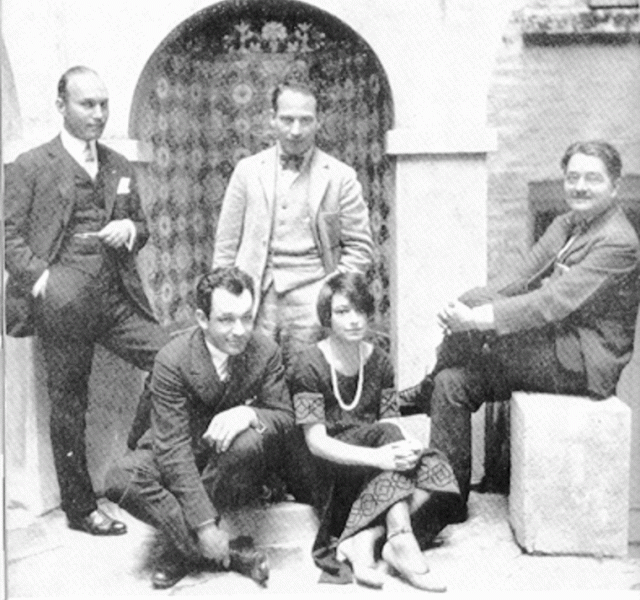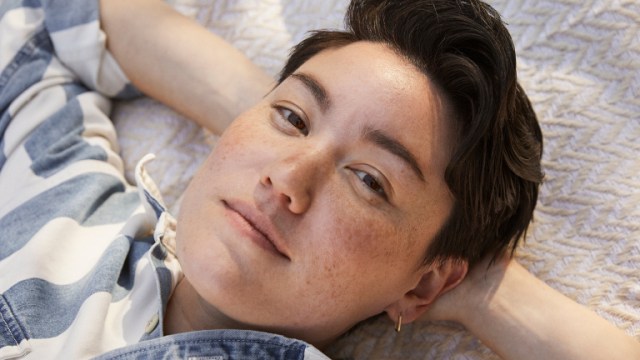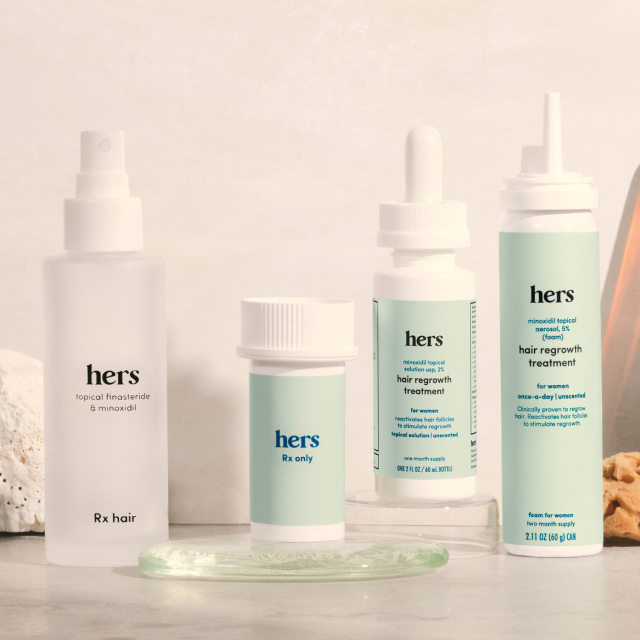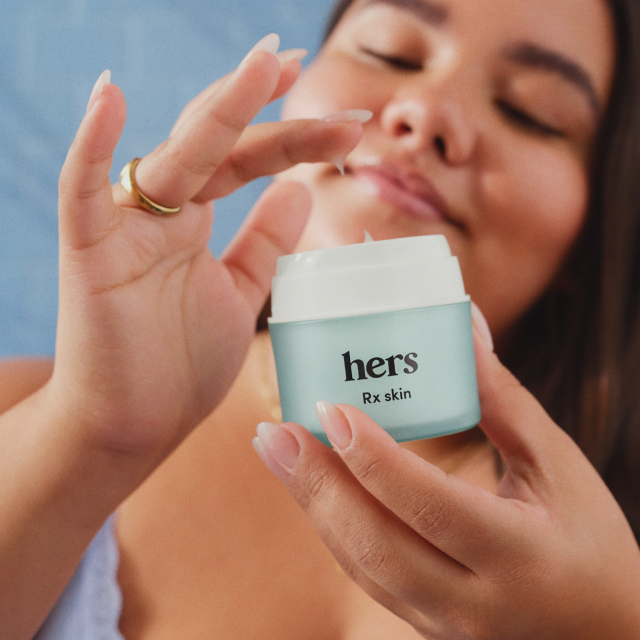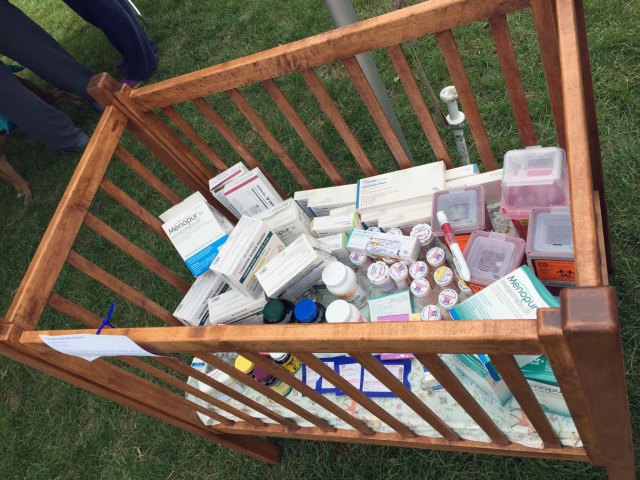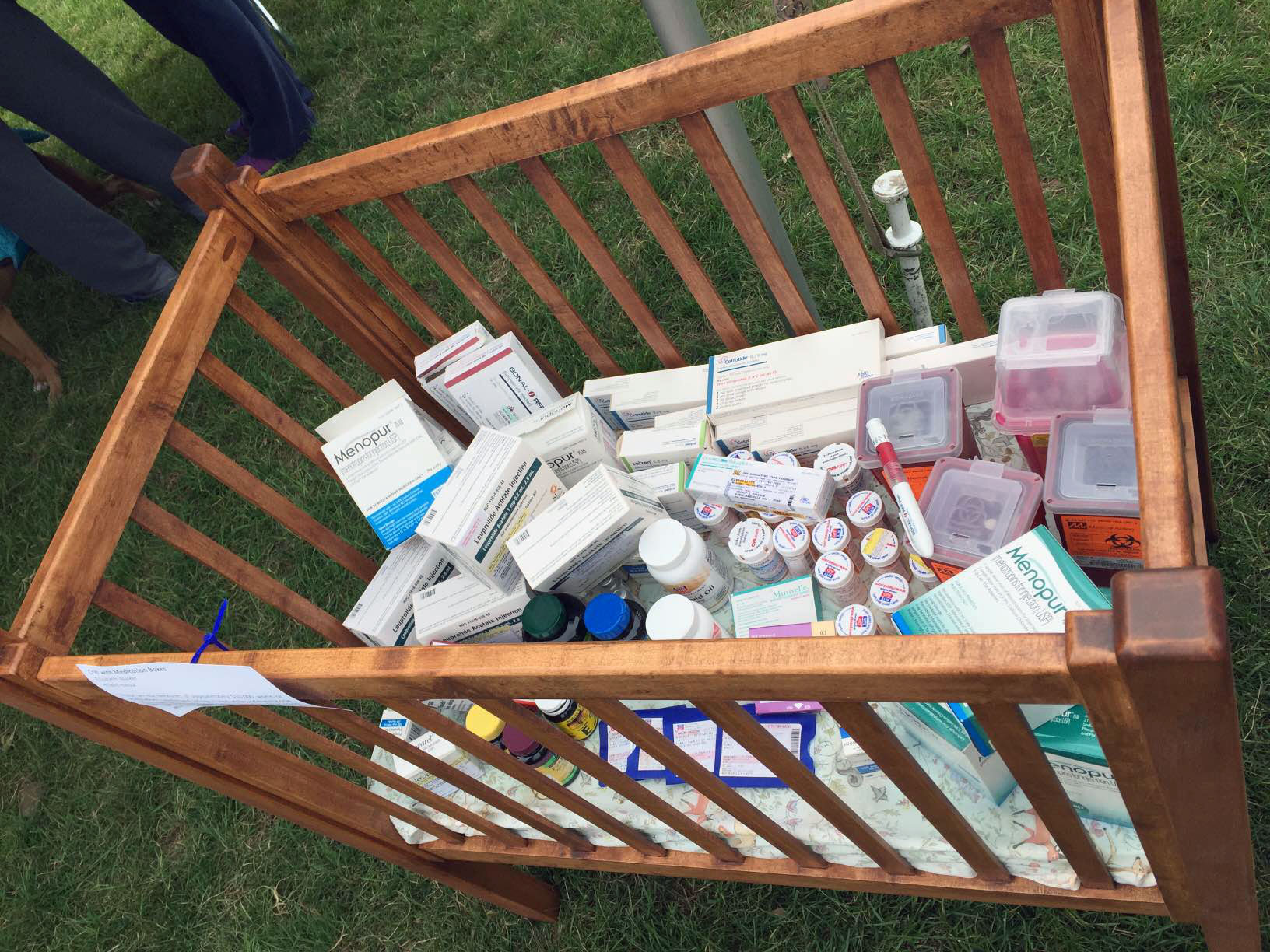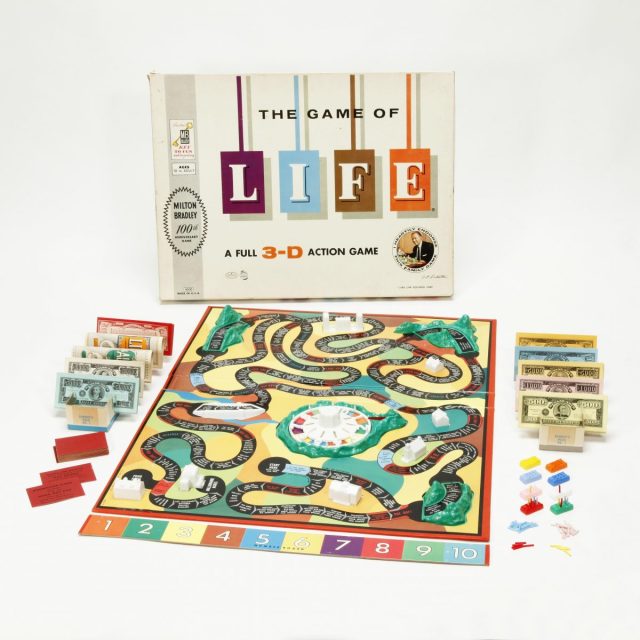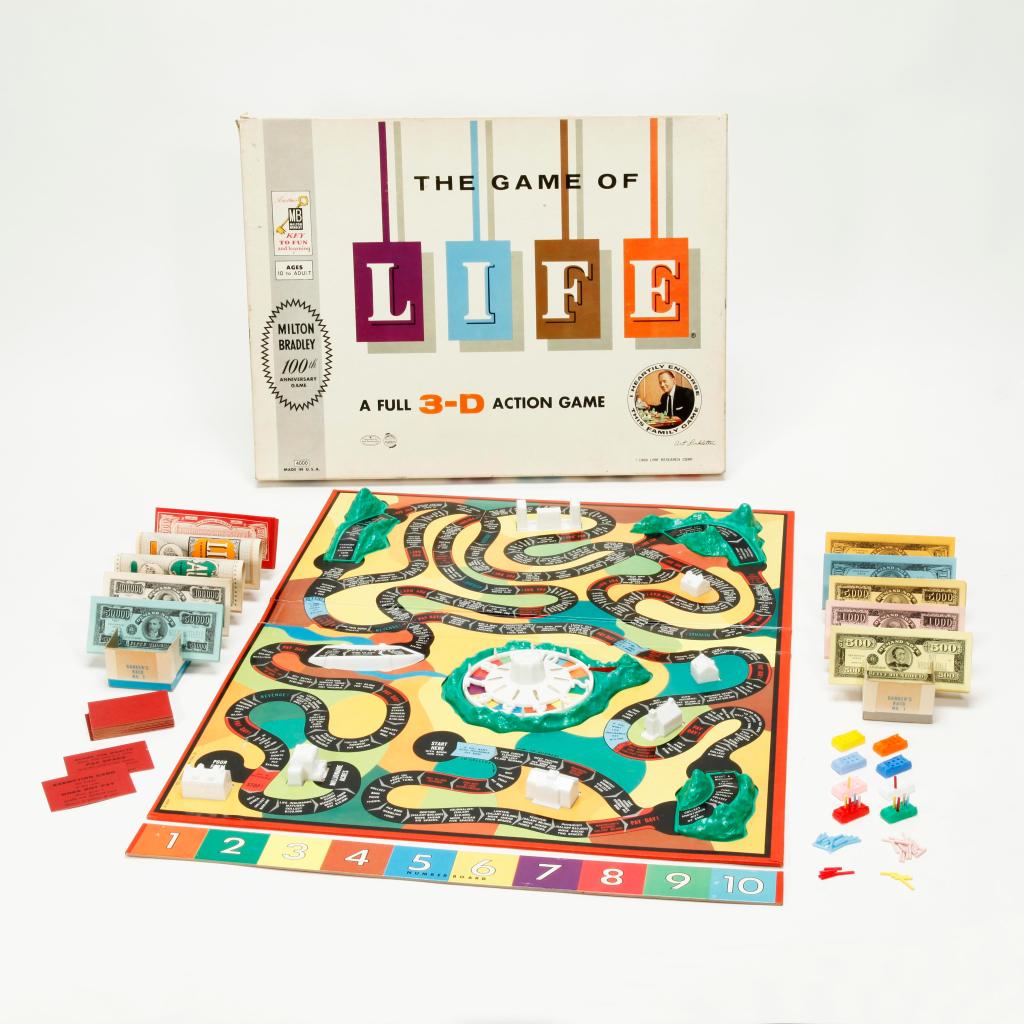The physical and emotional changes that come with puberty can be challenging for tweens, but these books can help. From expert guides filled with detailed biological facts to the funny Wimpy Kid installment in which Greg freaks out about zits, body hair growth, and B.O., these titles address the anxiety and confusion that boys and girls feel at this sensitive time. Don’t miss the “conversation starters” included with every pick to really maximize the benefits of sharing these terrific tomes with kids.
1. The Care and Keeping Of You: The Body Book for Younger Girls: Authored by Valorie Lee Schaefer; Illustrated by Josee Masse; American Girl Publishing, 2012
This comprehensive book is geared toward girls who are nearing—or just beginning—puberty. It covers all the basics of self-care, such as keeping hair clean and tangle-free, using sunscreen, cleaning teeth with braces, coping with acne, pampering blisters, and treating a sprain. This empowering self-care manual is perfectly targeted to young girls who are on the brink of growing up—and trying to figure out how to embrace these major changes with competence and confidence.
Recommended for ages 8 and older.
Conversation starters:
-
Families can talk about body image and confidence. Are you happy with the way your body is changing? What messages in this book were most helpful to you?
-
This book gives a lot of attention to girls’ concerns about body image. Do you think there’s an ideal body type? Do you compare yourself to other girls, or models, or actresses
2. Guy Stuff: The Body Book for Boys: Authored by Dr. Cara Natterson; Illustrated by Micah Player; American Girl Publishing, 2012
This is a head-to-toe guide for boys on how to care for their changing body, from fighting off funky smells to cultivating healthy habits with lifelong benefits. It’s an engaging book for boys to read solo and an excellent ice-breaker for parents who’d like to be more comfortable talking about puberty.
Recommended for ages 8 and older.
Conversation starters:
-
Does the casual style here make it easier to read—and hopefully talk—about subjects that might make you feel self-conscious? Is the candid language helpful? Does knowing the facts make some of this less awkward?
-
How do you feel about the way boys’ and men’s bodies are portrayed in movies, on TV, and in magazines?
3. The Period Book: A Girl’s Guide to Growing Up: Authored by Karen Gravelle; Illustrated by Debbie Palen; Bloomsbury USA, 2017
Author Karen Gravelle helps girls and their families grow more comfortable talking about periods, pubic hair, and pimples without blushing in this friendly, compassionate update of her sex-ed book, first published in 1996. It arms girls with the information they need to feel confident and capable through puberty. It’s packed with reassurance and practical advice and well served by informative and entertaining illustrations.
Recommended for ages 8 and older.
Conversation starters:
-
Families can talk about the frank language and illustrations in The Period Book. Do they make it easier to discuss menstruation and puberty with your parents or friends?
-
Have you or any of your friends or classmates been involved with sexting—sending nude photos? What happened?
4. Diary of a Wimpy Kid: The Ugly Truth: Authored and illustrated by Jeff Kinney; Amulet Books, 2010
The fifth book in the incredibly popular Wimpy Kid series features the same clueless, often irresponsible Wimpy Kid, but now he’s about to go through puberty. There’s talk of puberty everywhere—in health class, in Greg’s mom’s column (how embarrassing!), and even with great-grandma, who gives a secret lecture to everyone in the family when they reach that special age.
Recommended for ages 9 and older.
Conversation starters:
-
Why do you think kids like Diary of a Wimpy Kid so much? Do kids find it’s easy to laugh at Greg’s antics? Do you think he’ll ever become more responsible? Would the stories be as funny?
-
Can you relate to any of these anecdotes? Where do you think the author gets it right—and where does he get it wrong?
6. What’s Going on Down There? A Boy’s Guide to Growing Up: Authored by Karen Gravelle; Illustrated by Robert Leighton; Bloomsbury Children’s Books, 2017
The sexual landscape has shifted since Karen Gravelle first published this book for boys in 1998, and this welcome revision speaks to current concerns about social media, harassment, and body image. The book has a nonjudgmental tone and includes diagrams of external and internal male and female anatomy, along with straightforward, factual information on sexual activity, sexually transmitted infections, birth control, and more.
Recommended for ages 9 and older.
Conversation starters:
-
Families can talk about the explicit detail in What’s Going on Down There? A Boy’s Guide to Growing Up. Does reading this book make it easier to talk about puberty and sex?
-
Do you think this book is appropriate for kids your age?
6. Are You There God? It’s Me Margaret: Authored by Judy Blume; Yearling Books, 1970
Although this was first published in 1970, tweens will find that it still pretty much rings true today as a pretty realistic take on what it’s like to be a sixth-grade girl. Margaret is such a relatable character—she worries about being normal, sometimes says the wrong thing, and even hides her true feelings to be accepted by her friends. Readers will appreciate her honest narration—which will make them feel a whole lot better about that their own anxieties about growing up.
Recommended for ages 10 and older.
Conversation starters:
-
Do you think a lot has changed since this book was first published in 1970? Do you feel like you relate to Margaret?
-
Margaret’s friend Nancy spreads gossip about Laura—she says that Laura lets boys feel her up and that even their teacher can’t keep his eyes off her figure. What do you think it’s like to be Laura? Do you think girls who develop early still get targeted in this way?
7. The Care and Keeping of You 2: The Body Book for Older Girls: Authored by Dr. Cara Natterson; Illustrated by Josee Masse; American Girl Publishing, 2013
Puberty will always be both a little exciting and anxiety-provoking, but this easy-to-read guide makes it less mystifying by explaining exactly what’s going on—and how to roll with the changes. Written by pediatrician Cara Natterson, this tome equips girls with the biological information they need to better understand why they’re changing and how to adapt.
Recommended for ages 10 and older.
Conversation starters:
-
Families can talk about the biological details in The Care and Keeping of You 2: The Body Book for Older Girls. Does knowing how and why your body is changing make it easier for you to embrace it?
-
Do you feel as if you’re treating your body respectfully? What changes could you make?
8. The Girl Guide: 50 Ways to Learn to Love Your Changing Body: Authored by Marawa Ibrahim; Illustrated by Sinem Erkas; Harper Collins, 2018
Reading The Girl Guide is like hanging out in your fabulous big sister’s bedroom for a candid “ask me anything” session: It’s packed with answers to questions girls may not even think to ask about the ups and downs of growing older. Fifty short chapters take on acne, periods, big butts, hair growth — and hair removal, crushes, staying fit, bras, eating disorders, and more. Author Marawa Ibrahim is fiercely feminist and body-positive: “Say it loud and say it proud: Vagina, vagina, vagina” prefaces a two-page illustration of vaginas fashioned out of cut paper.
Recommended for ages 10 and older.
Conversation starters:
-
How do you feel about the candid tone of this book? How does it compare with more straightforward books on puberty?
-
Do you have questions about your body or your emotional health that this book didn’t help you with? If so, ask a trusted adult for information or advice.
9. It’s Perfectly Normal: Changing Bodies, Growing Up, Sex, and Sexual Health: Authored by Robie H. Harris; Illustrated by Michael Emberley; Candlewick Press, 2014
The 20th-anniversary edition of It’s Perfectly Normal is an unflinching and fully illustrated guide to sexual health for girls and boys that presents sexual activity as enjoyable but requiring mature, careful decision-making. It supports postponing and abstaining from sex but also provides information on contraception and abortion. It aims to arm kids with the knowledge to make informed, thoughtful decisions about their sexual behavior and relationships, and it does so with a frankness that some families will find refreshing while others may feel it’s inappropriate.
Recommended for ages 12 and older.
Conversation starters:
-
Families can talk about why people often are uncomfortable talking about sex and whether It’s Perfectly Normal makes it easier. Are you more comfortable talking about sex with your family, or do you prefer learning from books like this?
-
Have you come across sexual content online or in talking with friends that are upsetting or confusing?
10. Girling Up: How to Be Strong, Smart and Spectacular: Authored by Mayim Bialik; Philomel, 2017
This fantastic book uses biology and neuroscience to answer questions many tweens and teens have about how their brains, bodies, and emotions change during puberty. Actress and author Mayim Bialik puts her Ph.D. in neuroscience to good use as she explains in detail, with anatomical illustrations, the hows and whys of puberty, from body image, coping with stress, nutrition, and school to hormones, dating, sex, and more.
Recommended for ages 12 and older.
Conversation starters:
-
Families can talk about how knowledge is power in Girling Up. Did you learn anything surprising? How will what you’ve learned help you as you grow into adulthood?
-
Why do you think a successful actress like Mayim writes books, too? Do you think she’s genuinely passionate about “girling up”? What about financial rewards?
Common Sense Media is an independent nonprofit organization offering unbiased ratings and trusted advice to help families make smart media and technology choices. Check out our ratings and recommendations at www.commonsense.org.
